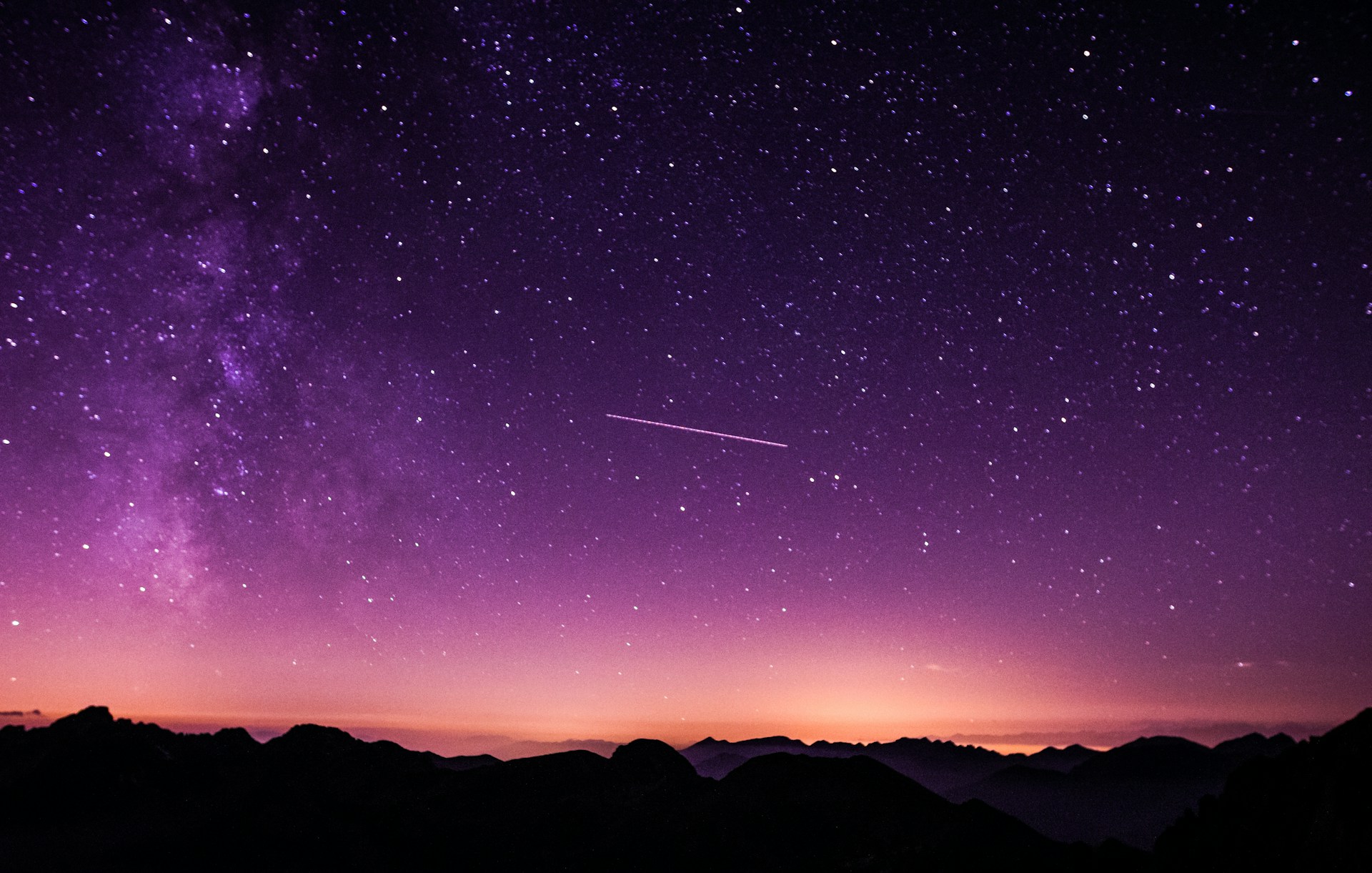
As the A3 comet is due to be visible over Birmingham this autumn, Treasurer Colby Lazcano explores the history of comet-watching, providing some tips on how to view comets from home
From around the 12th to the 30th of October, the A3 comet (full name Tsuchinshan-ATLAS), travelling at about 180,000mph (roughly travelling over the circumference of Earth seven times per hour), will be visible across Birmingham and the UK (though after the 19th or 20th, you may need binoculars). Comets are formed when dust particles, rocks and ice particles (there may also be metals as well) that remain from the beginnings of the universe collect together to form a large structure, with this process usually taking about 100,000 years to occur, at the solar nebula of which our solar system was formed from. When they get larger, they form smaller structures called cometesimals where their orbits start to move towards the centre of the solar nebula. At the Oort Cloud, a large sphere-shaped collection of space debris around the solar system, a comet will move towards the sun due to the massive gravitational influence and pull that the sun has on it, which is why the orbit is oval-shaped.
The main nucleus of the comet itself is much smaller than what is visible to the naked eye when viewing a comet. The distinctive shape of the A3 comet, as well as other comets, comes from the rising temperature that the comet experiences when coming into closer contact with the sun, of which Earth also happens to be close to. The higher temperatures causes the ice on the comet to sublimate. Turning the solid particles into gaseous ones. There are two types of tails that are visible with comets: ionic tails, which can contain different ions such as CO+ and N2+ and point directly away from the sun, and dust tails. The solar winds and the radiation pressure due to the collision of photons (electromagnetic waves containing properties of particles) on the particles do not contain enough force to have the tail be completely opposite to the sun. Which is why A3’s tail is curved. However, A3 is unique in that it contains an ‘anti-tail’, which looks like an extra tail pointing in the direction of the sun. This is an optical illusion, whereby dust particles left by the comet become visible via the sun when the Earth moves across the comet’s orbital plane, which is a level disc of space around the comet and the sun. These leftover particles are seen as a third tail. There is a chance, however, that the A3 comet may break apart. As comets with weaker structures have a higher tendency to be susceptible to fragmentation via thermal stress, whereby cracks form on the comet due to changes in temperature causing the structure to expand and reduce.
…comets with weaker structures have a higher tendency to be susceptible to fragmentation via thermal stress
A3 was first seen by the Tsuchinshan (Purple Mountain) Observatory in China, as well as the ATLAS Observatory in South Africa, on January 6th and February 22nd 2023 respectively. Regarding how comets’ orbits have been researched in modern history, major advancements occurred during the 19th century, such as the time predicted of the return of Biela’s Comet, discovered in 1826, which returned in 1846. The invention of the photograph proved to become an important tool for learning more about comets, as well as spectroscopy – a method of analysis of electromagnetic radiation – especially with Donati’s Comet, the first to ever have been photographed in 1858. In the 20th century, data analysis improved and more was discovered from the middle of the century, such as the Oort Cloud and a rethinking of the structure of a comet, which was previously thought of as containing looser parts than what astronomers believe today.
In the 20th century, data analysis improved and more was discovered from the middle of the century
If you are looking to view A3, or any comet, the best place to find where the comet can be visible in the night sky for each day (seeing as it changes its position every day) would be to look online for instructions on its exact location relative to other stars in the night sky. In terms of when to see the comet during the night, 45 minutes after the sun sets is recommended. For photographing the comet using a phone: this will be more difficult to do after the first few days of the comet’s appearance. However, a technique for capturing the comet in good focus is to first focus the phone camera onto either the moon or a bright star, and then move it towards to the comet to take a photo.
Enjoyed this article? Read more from Sci&Tech here:
Hidden Visions: Colour Synaesthesia and Perception
Comments